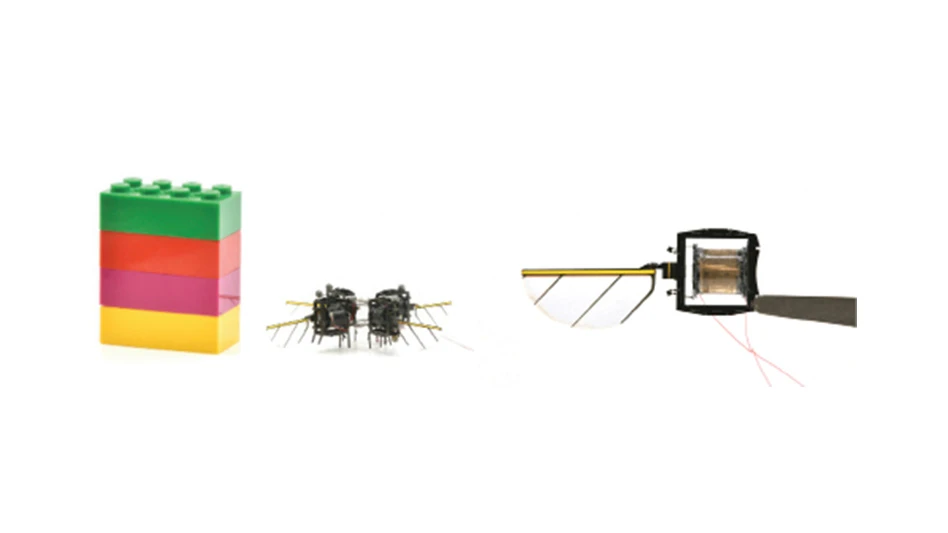 Raymond Cloyd Raymond Cloyd |
Fungus gnats in the genus Bradysia were initially considered minor insect pests, primarily found in house plants that were either overwatered or the growing medium had not been replaced for many years. They were not even considered a problem in horticultural cropping systems. However, fungus gnats today are recognized as major insect pests in greenhouse and nursery production systems, especially during propagation when plant cuttings or plugs are initiating root systems. Q: Why are fungus gnats a problem? A: Well, larval feeding directly damages developing root systems and interferes with the ability of plants to absorb water and nutrients, resulting in stunted growth. Larvae may also cause indirect damage during feeding by creating wounds that allow entry of soilborne plant-pathogents. In addition, both larvae and adults may transmit fungal diseases including Botrytis spp., Pythium spp., and Thielaviopsis basicola (black root rot) from infected to non-infected plants.
A: Water management and sanitation are important in alleviating problems with fungus gnats. Situations in which water accumulates and algae is present tend to result in higher fungus gnat populations. Avoid overwatering plants, as the moist growing medium is attractive to egg-laying females and provides a favorable habitat for egg survival, which results in more larvae.
A: There are a number of effective materials that will help maintain fungus gnat larval populations at “low” levels. The insect growth regulators pyriproxyfen (Distance), cyromazine (Citation) and diflubenzuron (Adept) have been very effective in our efficacy trials at Kansas State University. Additional materials that have proven to be effective include chlorfenapyr (Pylon), imidacloprid (Marathon), dinotefuran (Safari) and thiamethoxam (Flagship).
A: Yes, there are a number of biological control agents such as predatory mites and beetles, and entomopathogenic (beneficial) nematodes that have shown to be quite effective against the larval stage of fungus gnats. These include the soil-dwelling predatory mite, Stratiolaelaps scimitus (formally Hypoaspis miles), the predatory rove beetle, Atheta coriaria, and the beneficial nematode, Steinernema feltiae. All three of these biological control agents need to be applied before fungus gnat larval populations are excessive. Be sure to check with a supplier to determine the cost and availability of these biological control agents. If you’re interested in attempting biological control in your greenhouse operation, start a biological control program against fungus gnats.
|
Get curated news on YOUR industry.
Enter your email to receive our newsletters.
Explore the January 2013 Issue
Check out more from this issue and find your next story to read.
Latest from Greenhouse Management
- Meet the Next Gen: Gabriella Blair, Star Roses and Plants
- Leading Women of Horticulture: Katie Dubow, Garden Media Group, and Aubry Field, Lizzy Blossom
- Showing up at your horticulture business as your whole self
- Leading women of Greenhouse Management
- USDA fires experts on invasive pests, including Asian citrus psyllid, chilli thrips
- Farwest Show calls for 2025 New Varieties Showcase entries
- Leading Women of Horticulture: Arden Pontasch, North Creek Nurseries
- Leading Women of Horticulture: Emily Showalter, Willoway Nurseries







